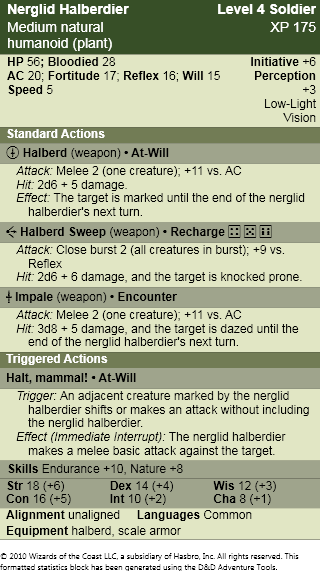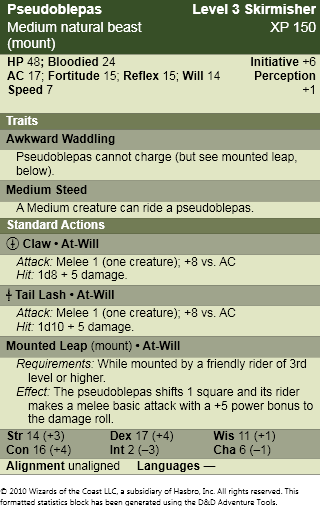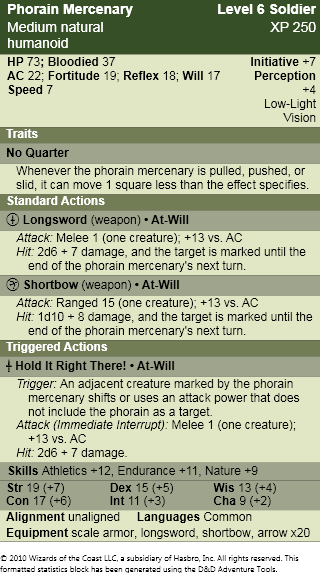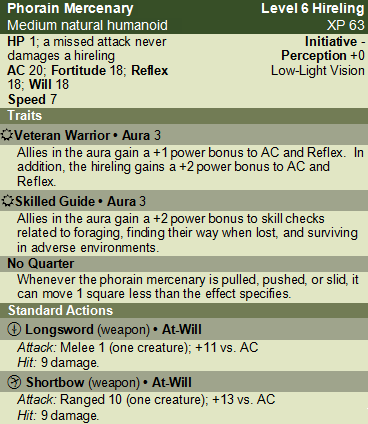One note before we get started: there are a couple of dream sequences in this session. All players received at least one dream (many received two), but since I'm playing from Father Seward's perspective, I only know his dreams firsthand (I know some stuff Jeb and Jake dreamed, but that will come up in the game description). Father Seward hasn't shared his dreams with the party yet, largely due to the whole chaos of the session.
As such, I'm hiding the dreams behind a javascript cut, the ones
Jedediah uses over at
Book Scorpion's Lair (and the ones
Porky notes
in this post). They're not spoilers — Father Seward will probably describe the content within a session or two — they're just there in case any of the players in the
Deadlands game want to gloss over them until they come up in-character. Read them or don't depending upon your personal inclination.
When we last left our heroes, they engaged in a poker tournament at the Flesh Menagerie.
Doc Holliday won
the moon jar (yes,
that moon jar), and then dropped it. It broke and started spilling this weird, cloying, grayish smoke.
And then a Rattler smashed through the Flesh Menagerie.
The back end of the Menagerie pitches into the sea. The front end pitches forward. Bodies go flying. Father Seward loses consciousness.
Father Seward has his first dream of the session.
The Father awakens on a dock. He is being slapped and questioned by several Chinese men, Tong by their look. His addled brain takes a moment to piece together their queries — in Chinese, mind — but he finally determines that they are asking about the location of
Little Pete. Seward manages to reply back, in broken Chinese, that he doesn't know, and would they stop slapping him? When he says he doesn't know, they drop him unceremoniously on the dock and move on, repeating this treatment with everyone they fish out of the water.
Father Seward gets his bearings. He's pretty sure the "dream" he experienced is actually a memory from the moon jar, and the gray, greasy smoke from the moon jar seems to have subsided into an actual fog — mixed with the smoky smell of fire. However, due to the thickness of the fog, no fire can be seen.
He also sees Jeb and Ruby O'Flahertie. Jeb has a rope tied around him that dangles into the water, and he has some bleeding wounds in his abdomen. Ruby is unconscious and looks half-drowned. Father Seward, still confused, asks Jeb if he's all right, and borrows Jeb's knife to cut the rope; it's Jeb's rope, and not attached to anything, so that plan is quickly canceled. Jeb unties the rope instead and gets his stuff together. Father Seward prays over Ruby and she awakens, and then he checks on Jeb, prays over him, lays on hands, and heals his wounds.
The group arranges themselves, and the tale comes out — Jeb overheard some people, including a guy with a metal nose, talking about killing Jake and Father Seward (in that level of priority) and capturing David Hood. To prevent this, he got into a gunfight with them, and managed to heavily wound them and drive them off. The worm appeared and threw the whole street into the ocean, and he nearly drowned from Ruby's half-conscious flailings. He did, however, save her life.
Ruby recalls little from all this.
Jeb also indicates that he had some strange dreams when he was knocked out, visions of things. Father Seward assumes these to be further moon jar memories, particularly since one of the "dreams" depicts a botched cattle rustling operation resulting in someone being shot through the neck. Father Seward chuckles and says that's the Black Riders. He further explains that they were stone stupid, particularly Joe Bob and Griswold. He doesn't really explain further.
The group decides to head for Rufina's butcher shop while looking around for David, Jake, and Rufina. To aid mobility, Ruby's new silk dress gets torn despite her protestations. They finally confront the fire, swiftly claiming wooden buildings in downtown, and despite the fact that Father Seward wants to circumnavigate the flames, Jeb says to go straight through, because "if we got through
Atlanta, we can get through this."
Ruby is on board with this plan.
Jeb ends up dragging an unconscious Father Seward and Ruby out of the inferno that currently dominates San Francisco — and her dress is severely mutilated by Jeb to make bandannas — but they make it out all right. After getting themselves situated, they find their way back to Rufina's shop, run in to grab Seward's backpack and Jeb's guns, and leave. Jeb gives Father Seward a rifle, and the group takes to the main road with the other people leaving the city.
Meanwhile, David Hood awakens on the back of a horse. His hands and feet are bound, and he is laid across the horse on his belly. A large, Hispanic woman (probably with some Caucasian ancestry thrown in) is currently riding the horse. David starts asking questions, and learns that he is currently being taken in for a bounty — he's wanted in Boston. The bounty was posted from a bar David doesn't know but whose address suggests a disreputable part of town, and the reward is $200 in silver.
That's about all he learns before she gets annoyed with him and puts a bandanna in his mouth to gag him.
He tries to get the gag out of his mouth without her noticing, but instead pitches off the horse and onto the dirt road.
She doesn't notice.
David takes a moment to struggle loose from the bonds at his wrists, removes his gag, and unties his feet. Then, he starts walking down the road and finds himself amongst the people fleeing the city. He is momentarily distracted by a lot of leg showing on a passing girl when he realizes it's Ruby and her mutilated dress.
Reunited, we explain our adventures since separating, and Father Seward asks about this Mexican bounty hunter — about how old was she, and did she look like she could be part-white? David says she looked to be in her thirties, and asks why. Father Seward replies that he's just curious.
After some discussion, the group decides to camp here in case Jake and Rufina pass along a main road.
Meanwhile, Jake and Rufina awaken across the bay (that is, modern-day
Oakland and a journey of at least a couple miles across the San Francisco Bay). Rufina awakens first and awakens Jake by kicking him (who enigmatically says, "I do," upon awakening). Through the smoke on the bay, they can see the orange haze of San Francisco on fire. They start to walk, eventually finding a rowboat to clear the bay. Along the way, Jake recounts the group's adventures from Boston to San Francisco.
By the time they make it to the city, Rufina's shop is destroyed. She says prayers, and then the pair starts to make their way out of the city, although Rufina stops to check on various shops and houses on the way out. She frequently seems disappointed.
Finally, Jake and Rufina find themselves leaving the city amidst a crowd and as they come to the outskirts, they see David, Father Seward, Jeb, and Ruby sitting by the side of the road.
Jake opens by indicating that Ruby made quite a pretty bride with a handsome groom. She initially denies it, but everyone gets more interested when Jake asks why Cornelius Cobb, his old mentor, was sitting on the groom's side.
Honestly, she doesn't know. Her husband's name doesn't match anyone Jake ever knew.
There's a bit of discussion about where to go next — nobody has anything pressing, now that the whole poker tournament thing is done. Rufina answers by starting to walk, so the group gathers and starts wandering down the road, presumably to the next town. Despite any unfortunate implications, Father Seward gives Ruby a pair of his trousers for her exposed legs on the walk. After several hours, the group starts looking to make camp as night falls.
Finding an existing camp set up by a family, the group approaches. When the father comes out of the makeshift tent with a shotgun, Father Seward speaks, explaining that he's a priest, and he and his associates were hoping to make camp hereabouts. After Father Seward actually convinces the father that he's a priest, the family sets about offering things to him, and when they won't listen to Father Seward's protestations, he finally silences them with a grim stare and a stony, "No."
After the group is revealed, there is another tense moment as the wife remarks that Ruby must be a whore with those pants; Jake immediately prompts awkward apologies when he similarly insists she is not — also with a gravelly voice and a cold gaze. The wife apologizes and gives Ruby a plain dress.
Once the awkwardness is overcome, Father Seward leads everyone in a prayer, the group determines who will take what watch, and everyone sleeps.
Father Seward's second dream of the session.
The group awakens — rather roughly, as comments suggest everyone slept poorly during the night due to bad dreams. The family and the travelers breakfast together before deciding to head for
San Jose as a group.







